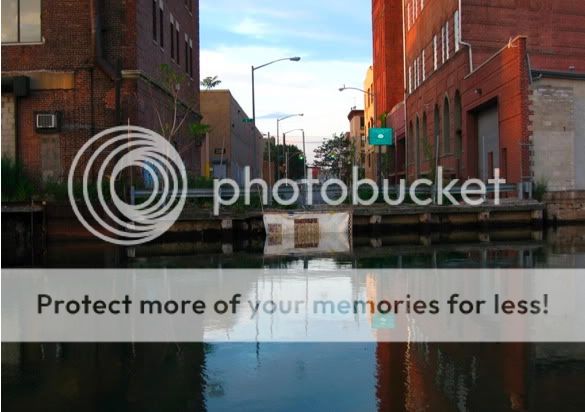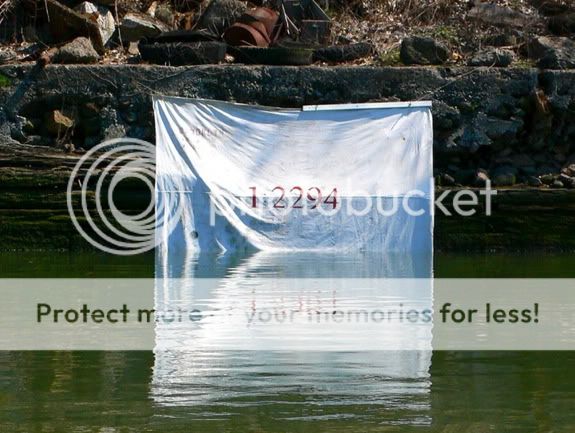According to the event's press release, The New Topographics is considered to be the second most-cited photography exhibition in the history of the medium.
We learned about The New Topographics from photographer/artist An-My Lê when she lectured last November on Michael Heizer at the Dia in Chelsea. It was a lecture that drew fresh connections for us among 1970s photographers' unsentimental responses to suburban sprawl and increasingly entropic western landscapes, works such as Michael Heizer's Double Negative, and the "new new topographics" perspectives of An-My Lê and other contemporary photographers.
In this way, her lecture activated what we've come to appreciate about what we've been calling the emerging field of artists + environments: you attend a lecture to hear about one thing and find yourself learning about another. Such experiences cast the net of what might be called artists + environments wider and at the same time provide a context for bringing seemingly disparate works and practices (across generations, media, methods, cultural perspectives and geographic locations) into deeper relationship and appreciation. It's a completely enriching and exciting experience that makes this "field" so dynamic.
Critics sometimes place An-My Lê's work in the continuation of the new topographics movement. The 1975 exhibition marked a significant turn among photographers--away from the romantic, idealized landscape photography that contributed to the myth of the American West, toward a perspective that takes up the "man altered landscape." This turn is both precursor and inspiration to contemporary land use interpretation photographic documentation and artworks.
An-My Lê spoke at the lecture of her fascination with the machinery of war. Her recent work has focused on how that machinery and the humans who use it occupy and create geographies and landscapes. In her lecture, she read Heizer's monumental works of land art as possible military metaphors: bunkers, blast sites, trenches.
In the context of her talk, we began making many new connections, when we realized that in the 1970s, there was a desire among American artists to alter our own country's landscapes (natural as well as political) at the same time that the U.S. military was so dramatically altering the landscapes and environments of Vietnam. In the midst of contemporary landscape and land use photography such as An-My Lê's, Edward Burtynsky, and Michael Light--it will be interesting to see what the re-staging of the first visual responses to "man-altered" landscapes might offer up in contrast, affinity, and juxtaposition to contemporary works, wars, and events--and in relation to increasingly altered global landscapes over thirty years later.
If you can't make it to the Eastman House for the re-creation of The New Topographics, you can catch the exhibition at one of eight other venues in the US and Europe.











































